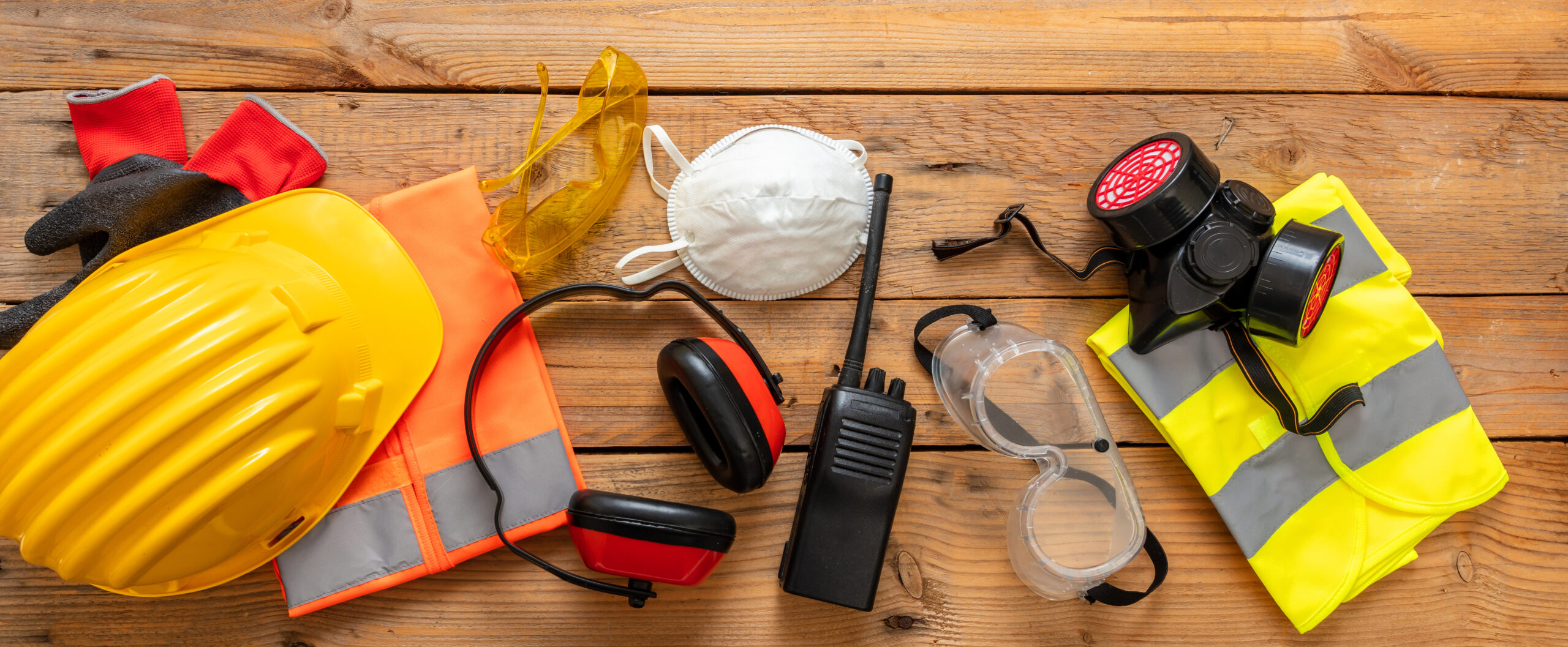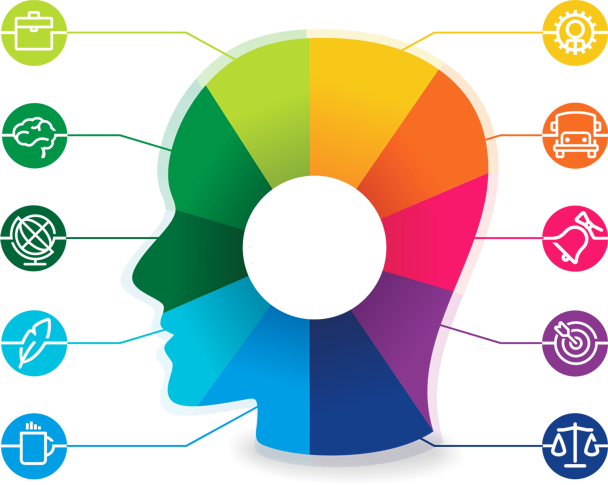OCCUPATIONAL HEALTH AND SAFETY
Health and safety are top priorities for today’s businesses, and keeping workers up to speed on new or revised safety protocols as soon as possible is important. OneSpaceVR’s Training Applications immerse students in immersive environments, allowing them to experience and incorporate what they’ve learned. This gives us the most detailed and long-term preparation for health and safety issues.
The OHS is an industry-independent liability. The OHS training tools should ensure permanent learning. That criterion is critical to decreasing accident frequency. Virtual reality is the most common technology that provides more permanent learning.

SAFETY PROCEDURES
Companies are now adjusting to quickly changing workplace safety practices, implementing new processes and/or equipment means retraining associates at lightning speed. To keep themselves and their coworkers secure, employees must be constantly conscious of the work environment. Virtual Reality allows employees get a better understanding of the plant and its regulations, as well as necessary preparations such as personal protective equipment (PPE).
Additionally, VR Training Solutions can allow for the monitoring learners’ head motions during training, and may reveal whether or not they are searching at the same position.

EMERGENCY SITUATIONS
Since it provides a comfortable atmosphere in which to observe conditions without danger, virtual reality training is an ideal way to avoid injuries and apply skills. Furthermore, virtual reality assists workers in learning the proper next actions to take. This aids them in learning appropriate habits and putting them into practice in their employment. Virtual reality is the best solution for being mentally prepared and muscle memory.

HAZARD IDENTIFICATION
Hazards such as uncovered sharp objects, unstable cabinets, prohibited tools account for a large number of worker accidents in a workspace. Associates must keep a keen eye to be on the lookout for these dangers at all times. Learners in virtual reality training look around to find all problems in a scene freely. In other words, learners use their whole body to develop spatial awareness and visual object recognition abilities, all of which are essential in the workspaces.

LOCK-OUT & TAG-OUT
Another important protection protocol that industrial workers must master and practice on a daily basis is lockout/tagout. Companies don’t have to halt processes or wait for system repairs to prepare workers for a lockout/tagout scenario thanks to virtual reality. Employees use the headset to operate in a simulated workspace setting alongside a supervisor, where they would follow the steps for a correct lockout to recognise any inappropriate activities their colleague is engaging in throughout the process.






